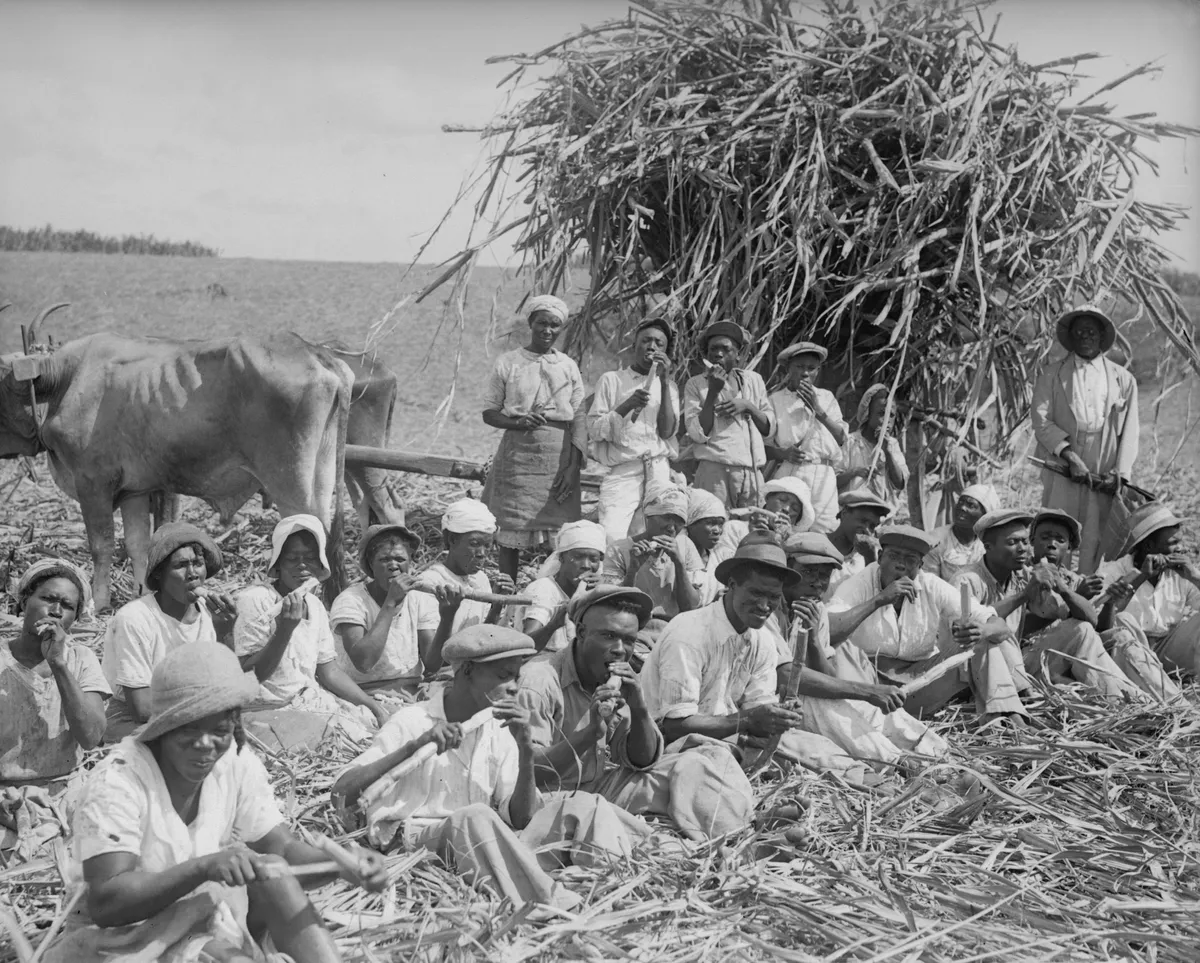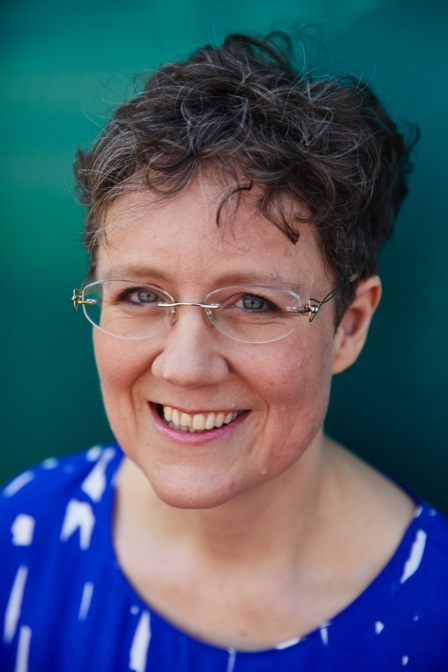As Barbados sets off on a new journey as a republic, many people will be intrigued to discover that they have ancestral roots in the island. An English census record giving ‘Barbados’ in the ‘Where born’ column for a member of a family apparently firmly rooted in Britain will spark off all sorts of questions. British families with Afro Caribbean ancestors may be aware of their Barbadian roots but sometimes the details of their past can be as much of a mystery as for those who stumble across the link by accident. Luckily, it has never been easier to trace your ancestors in Barbados.
An understanding of why people went to this tropical island paradise - as we now see it - will help to unravel the mystery. Tourism is now the biggest earner for Barbados but in the past ‘Sugar was King’.
The first English ship to land in Barbados arrived in 1625 and found an uninhabited island. Two years later the first English settlers arrived. By the 1650s a flourishing sugar industry had been established making Barbados the wealthiest colony in the British Empire.

People from all sections of British society headed for the island, some in the hope of making their fortunes and others sent by force. Sons of the wealthy and other speculators established plantations; indentured servants bound themselves to masters for a term in the hope of gaining land for themselves; convicts and political rebels were sometimes spared the death penalty and ‘Barbadosed’ instead. Traders established themselves in flourishing Bridgetown and from 1780 to 1905 the British army protecting the Eastern Caribbean was based there. Some of these people stayed and have descendants there today while others made their fortunes (or not) and moved on.
By far the largest group to arrive were the African slaves brought in to satisfy the growing need for labour on the plantations (a population of approximately 82,000 by 1780). Until the abolition of the slave trade in 1807 this practice continued and the slaves were finally granted their freedom in 1834. Migration to numerous destinations followed for those enjoying their new found freedom and with a determination to make a better life for themselves and their families. One of the largest migrations started with the arrival of the SS Empire Windrush at Tilbury Docks, London, in 1948. In the years that followed thousands came from Barbados and other Caribbean islands to fill jobs in the new National Health Service, London Transport and various other mainly unskilled and semi-skilled roles.
Barbados was granted independence in 1966 after nearly three centuries as an English colony and in November 2021 became a republic. Records were kept throughout this period along the same lines as those we use for research in England and Wales. The tropical climate has taken its toll on the records and there are gaps but with some luck research can be rewarding.
1
Civil registration of births, marriages and deaths in Barbados
Civil registration in Barbados started in 1890 for births, 1930 for marriages and 1925 for deaths. Certificates of births, marriages and deaths are often found among family papers and they give us a good starting point for research. A parent’s birth certificate for instance will give us the names of their parents and this could lead to a search for their marriage record. These certificates can serve as stepping stones back through the generations and help us to piece the family together.
Excitingly for anyone researching Barbadian ancestors, you can now search for and view civil registration records for Barbados from 1900 to 1931 for free on FamilySearch. This is a new and growing collection.
If you are looking for a record outside of these dates, you may need to order a copy certificate. Download an application form and post the completed form to: The Registrar of the Supreme Court, Registration Department, New Supreme Court Complex, Whitepark Road, St. Michael, BARBADOS.
Give as much information as possible to enable them to locate the record you’re interested in. For a marriage for instance try to give the names of both parties and an approximate date (they will search two years either side of the date you supply). Allow plenty of time as response time can be slow.
2
Church records
Long before civil registration of family events began in Barbados the Anglican Church was recording baptisms, marriages and burials and these are the records most used by genealogists as many are now coming online. They provide us with names, dates, abodes, occupations and the proof we need to link family members together.
By the 1640s the English settlers in Barbados had divided the island into eleven parishes and an Anglican church had been built in each parish. A Jewish community was also established and over the next 200 years Catholics, Methodists, and Moravians arrived. Quaker records can be found at Caribbean Family History. Records for all these denominations survive along with some baptism, marriage and burial records for the military families based at St Ann’s Garrison, Bridgetown.
FamilySearch has the largest collection of Barbados church records online ranging from 1637 to 1887. Ancestry has Barbados, Church Records, 1637-1849 (with images) as well as some index only records that are also available on Familysearch and Findmypast.
For this research it’s helpful to know where your family resided as survival of records varies from parish to parish – Christ Church has records from 1637 whereas no records survive for St Andrew prior to 1825.
3
Barbadian newspapers and journals
Findmypast has got The Barbadian (1822-1861) in its old newspaper collections. This covers the transition of Barbados from the colonial to the modern era including emancipation in 1834 and the end of the apprenticeship system in 1838. The site also has the Barbados Agricultural Reporter, the Barbados Mercury and the Barbados Mercury and Bridge-Town Gazette.
More than 50 copies of the Journal of the Barbados Museum and Historical Society have been published since the society was formed in 1933 and they contain a wealth of information about Barbados and its people.
Complete family histories are written up in some cases as well as extracts from newspaper notices of baptisms, marriages and deaths, obituaries, coroners’ inquests and business advertisements. The really good news is that there’s a personal name index for these journals so a quick check in the index for the surname(s) you’re interested in will reveal the volume and page numbers where they can be found.
Although not yet online, the journal is available in a number of libraries including the British Library.
4
Gravestones and monumental inscriptions
Gravestones and memorials found in churches, cemeteries and churchyards in Barbados range from a simple name and date, to enough information to draw up a family tree.
The website Caribbean Family History has almost 200,000 Barbadian grave records in its Monumental Inscriptions collection.
Billion Graves also has a good database for Barbados including photographs of the graves. Find a Grave also has records and some images for Barbados. It also enables people to leave memories and photographs about people on the site.
5
Wills and inventories
Wills can be helpful for research as they often name family members and state the relationship to the deceased as well as giving an insight into their wealth and status. Plantation owners’ wills list their land, buildings, personal possessions, animals and slaves (sometimes naming them). Some are much simpler documents and it’s worth checking for a will for all ancestors. Wills from 1647 to 1959 can be seen at the Barbados National Archives, though relatively few survive for the early years. Most of those that do have been included in Ancestry’s collection Caribbean, English Settlers in Barbados, 1637-1800.
In some cases an inventory of assets was filed along with the will and about 1,800 of these survive for the period 1780 to 1888. Inventories list the possessions of the deceased along with a valuation and, like wills, they range from large landowners to those of people with very few possessions. Again these can be seen at the Archives.
British subjects who died abroad or at sea owning property in England and Wales had their wills proved in the Prerogative Court of Canterbury until 1858 and these can be searched and viewed online for free at The National Archives.
6
Records of enslavement
Research for those with black Barbadian ancestry can become difficult in the years before 1834 when many black people were held in slavery. Most slaves did not have surnames, so making them hard to identify. They were recorded under their owners’ names so it is essential to identify the owner for research to proceed.
The Centre for the Study of the Legacies of British Slavery at UCL has produced a database of slave-owners and estates and is working to extend that to those who were enslaved.
Ancestry also has a free database of Slave Registers, 1813-1834 including records for Barbados dating from 1817.
Having gained their freedom, former slaves started to appear in records, and research after 1834 involves the same records for both black and white ancestors. With careful research and a bit of luck it is usually possible to compile a family tree back to that date.
